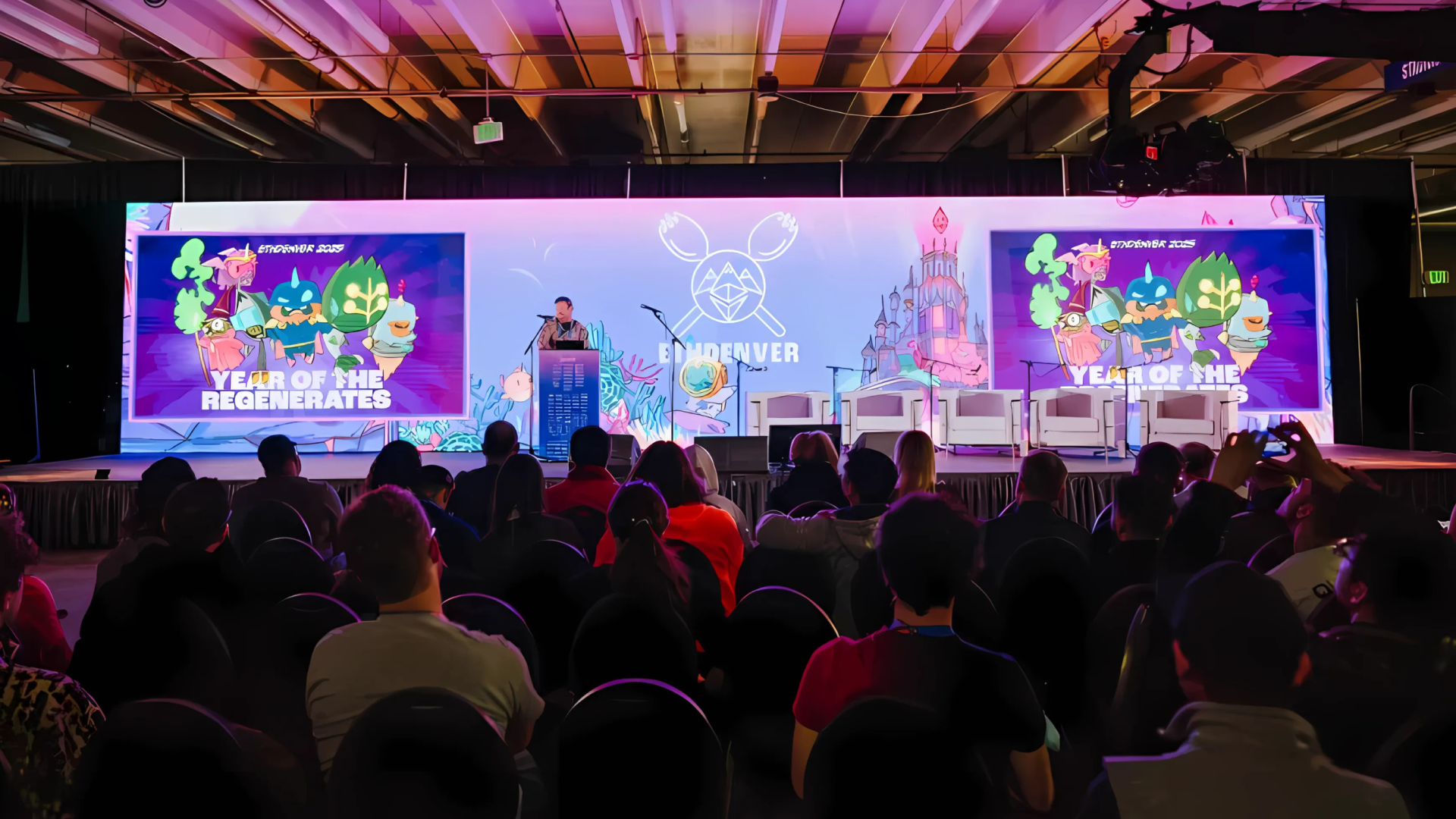Staking Update: April 2022
Polkadot staking just got better with bags-list support and the rollout of nomination pools on Westend. Discover how these updates impact your staking rewards.
 By Polkadot•April 30, 2022
By Polkadot•April 30, 2022
By Kian Paimani, Parity Technologies
Bags-List: one step user friendlier
Something that has happened during the last months and deserves a shoutout is both Polkadot.js apps, and the Polkadot.js plus extension supporting bags-list 🎉!
In both interfaces, nominators can ensure that they are:
- Placed in the best possible bag given their staked DOTs.
- Places in the best place inside the bag to which they belong. This is particularly important for those who are near the minimum active nominator threshold.
See the new wiki page related to bags-list on the Polkadot wiki for more details on this!
Nomination pools update: wiki page out, deployed to Westend.
Nomination pools have been the main topic for the last few months, and are becoming one stop closer to mainnet production! As of this writing, the 9.20 release of Polkadot has been finalized, in which the corresponding Westend runtime contains the new nomination pools pallet. Get some Westies (WND) and start experimenting with nomination pools!
Similarly, Polkadot-JS Apps now has support for the pools as a new tab, and a new page about nomination pools has been created in the Polkadot Wiki. For other apps, explorers, builders and UIs who want to support nomination pools, you can join the “Nomination Pools UI Support” matrix chat to connect to other builders and ask your questions form us!
We invite everyone who tries out the pools to report any potential bugs to us either via the parity bug-bounty email, or directly to kian@parity.io.
Nomination pools: why bother?
This is a small note about why nomination pools are important for the Polkadot and Kusama ecosystem.
First, looking from the perspective of an intending-nominator, joining a pool has two main benefits:
- The limits to receive rewards in the pools will be significantly lower than the limits to receive rewards as a nominator. For example, to be a nominator in Polkadot now, one needs 10 DOT to nominate, and around 120 DOT to actively receive rewards. We suspect pools to be deployed such that anyone with as low as 1 DOT can receive rewards.
- You will have more control over your staking rewards: this may or may not be relevant, but one fundamental difference between the pool members and nominators is that nominators receive their rewards automatically by validators, whereas pool members decide themselves when to receive their rewards.
Next, looking at the validators, the existence of pools is a great opportunity for validators (or a group of validators) to open pools, and attract more staking input into their validators of choice. In essence, the inflow of DOT into the staking system will inevitably increase with the deployment of nomination pools, and there is an incentive for validators to make sure this inflow is directed toward their validators. This can be particularly interesting to waiting validators.
Notable Contributions
The main code contribution of this month to the staking world has been the main staking-pools PR, along all of its sub-PRs being merged. The most notable of these is the ability of partial unbonding, which has been added now.
Moreover, some changes were made and merged into the details of the signed submission in the election provider pallet, improving the UX of the staking-miner application. More details and updates in the staking-miner coming in the following months!
Thinking about contributing? Look for issues in the Substrate repo with the mentor tag, or the NPoS and Elections project. All successful contributions will get an on-chain tip initiated by the staking team.
Also, if you are interested in contributing long-term, there’s a “Staking / PoS Engineer” position available at Parity Technologies, targeting exactly those who will contribute to the staking system.
By The Numbers
Confused by the meaning of all these terms? What is “intention”? What is “electing/electable”? Then checkout the February update, in which we explained the new staking terminology.
Polkadot
Nominators
Stake
Count
Minimum
Current
Max
intention
10 DOT
26233
50000
electing
125 DOT
21654
22500
active
124.1 DOT
20878
22500
Validators
Stake
Count
Minimum
Current
Max
intention
0 DOT
1028
1200
electable
0 DOT
1028
1200
active
1.89 MDOT
297
297
Kusama
Nominators
Stake
Count
Minimum
Current
Max
intention
100 mKSM
7372
20000
electing
0 KSM
6612
12500
active
673 pKSM
6612
12500
Validators
Stake
Count
Minimum
Current
Max
intention
0
2036
4000
electable
0
2036
4000
active
4.39 kKSM
1000
1000











